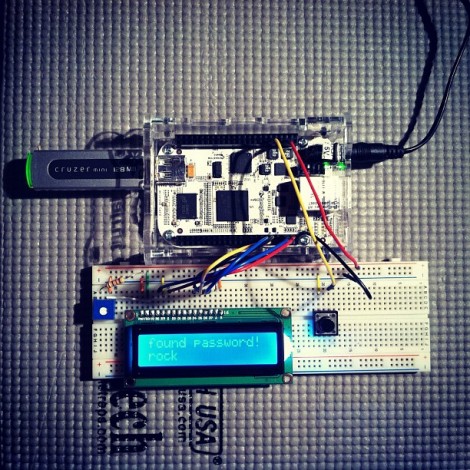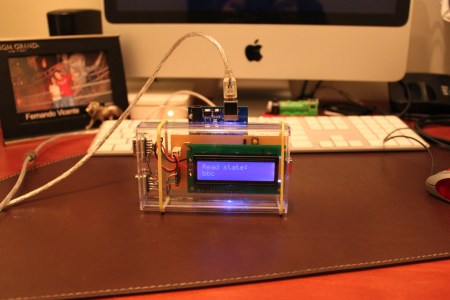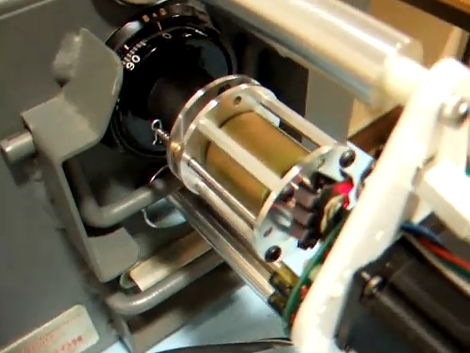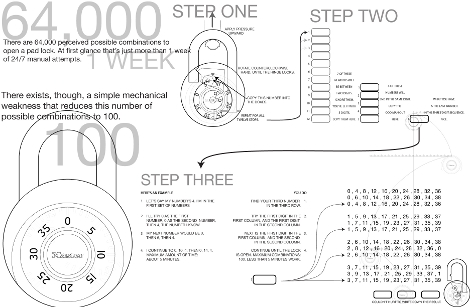
While at work one day, [Marco] was approached by a colleague holding a portable USB hard drive. This hard drive – a Freecom ToughDrive – has a built-in security system requiring a password every time the drive is mounted. Somewhat predictably, the password on this hard drive had been lost, so [Marco] brute forced the password out of this drive.
The Freecom ToughDrive requires a password whenever the drive is plugged in, but only allows 5 attempts before it needs to be power cycled. Entering the passwords was easy to automate, but there was still the issue of unplugging the drive after five failed attempts. [Marco] called upon his friend [Alex] to build a small USB extension cable with a relay inserted into the 5 V line. An easy enough solution after which the only thing needed was the time to crack the password.
The rig successfully guessed the password after 500 attempts, or after cycling the power 100 times. This number is incredibly low for getting a password via brute force, but then again the owner of the hard drive was somewhat predictable as to what passwords they used.

















